
Cincinnati, O.
150 years ago a Southern newspaper found something to like in a Northern observance of Decoration Day.
From The Daily Phoenix (Columbia, South Carolina) June 12, 1873:
KIND WORDS FOR OUR SOUTHERN DEAD.
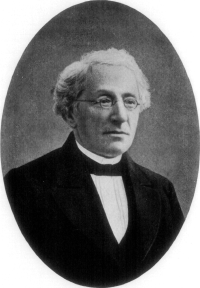
Christian message?
Dr. Lillienthal, the well known Jewish pastor of Cincinnati, on decoration day, was called on to deliver the oration of the occasion in view of the Federal dead. While thoroughly Union, the address is leavened by a truly kindly, and, as some would say, “Christian” feeling for our “dead Confederates,” and for the people of the South. Among other good things the doctor said:
“Not one of us all entertains the least intention of humiliating our Southern brethren. We love them, and have loved them even during tho bloody fratricidal war. We honor their chivalrous spirit, their indomitable courage. We admire the names of Lee, Stuart, Jackson, Johnston and others. Are they not flesh from our flesh, bone from our bone? We pity their widows and orphans, too, for they are our brethren, our American brethren. We do not wish to humble them. We say to them, with our Longfellow: ‘Let the dead past bury its dead.’ We say, with our good and wise Lincoln: ‘With malice to none, with charity for all,’ let us do right, as God understands it; and over the graves of our fallen brethren let us renew our filial allegiance to our common flag and our common country. We in the North wish to bury in eternal oblivion the past hatred, the past feud. Let those down in the South follow our example.”
Max Lilienthal alluded to this poem by Henry Wadsworth Longfellow:
A PSALM OF LIFE.
WHAT THE HEART OF THE YOUNG MAN SAID TO THE PSALMIST.
Tell me not, in mournful numbers,
Life is but an empty dream!
For the soul is dead that slumbers,
And things are not what they seem.
Life is real! Life is earnest!
And the grave is not its goal;
Dust thou art, to dust returnest,
Was not spoken of the soul.
Not enjoyment, and not sorrow,
Is our destined end or way;
But to act, that each to-morrow
Find us farther than to-day.
Art is long, and Time is fleeting,
And our hearts, though stout and brave,
Still, like muffled drums, are beating
Funeral marches to the grave.
In the world’s broad field of battle,
In the bivouac of Life,
Be not like dumb, driven cattle!
Be a hero in the strife!
Trust no Future, howe’er pleasant!
Let the dead Past bury its dead!
Act,—act in the living Present!
Heart within, and God o’erhead!
Lives of great men all remind us
We can make our lives sublime,
And, departing, leave behind us
Footprints on the sands of time;—
Footprints, that perhaps another,
Sailing o’er life’s solemn main,
A forlorn and shipwrecked brother,
Seeing, shall take heart again.
Let us, then, be up and doing,
With a heart for any fate;
Still achieving, still pursuing,
Learn to labor and to wait.
According to Willard W. Glazier’s 1886 Peculiarities of American Cities (at Project Gutenberg), Jews and Christians got along surprisingly well in Cincinnati:
The Jews also constitute a proportion of the inhabitants, respectable both as to numbers and character; and, what is worthy of remark, there is an unwonted harmony between Christians and Hebrews, so that an exchange of pulpits between them has been among the actual facts of the past. Dr. Max Lilienthal, one of the most eloquent and learned rabbis of the country, presides over one of the Jewish congregations, and has preached to Christian audiences; and Mr. Mayo, the Unitarian clergyman, has spoken by invitation in the synagogues. The Jews of the city are noted for their intelligence, public spirit and liberality, and are represented in the municipal government, and on the boards of public and charitable institutions. Quite as worthy of note is the fact that the Young Men’s Christian Association of Cincinnati is not influenced by that spirit of narrow bigotry which in certain other cities of the Union excludes Unitarians from fellowship.
Cincinnati is right across the Ohio River from Covington, Kentucky. During the Civil War Kentucky was a border state. In early September 1862 a Confederate army moved north from Lexington to threaten Cincinnati. The army never crossed the river. Cincinnati was successfully defended. You can read more about it in the September 20 and 27, 1862 issues of Harper’s Weekly at Son of the South
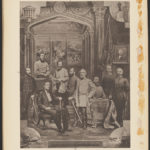
admirable names
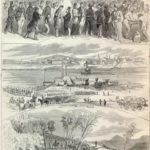
Harper’s Weekly September 20, 1862
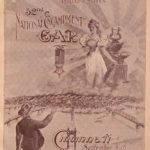
Queen City welcomes GAR (1898)
There were reports of another major fire in Boston on Decoration Day – May 30, 1873
The picture of Max Lilienthal is from Project Gutenberg in The Haskalah Movement in Russia by Jacob S. Raisin. According to Wikipedia, Mr. Lilienthal was born in Germany. In 1845 he arrived in New York City. “In 1855, he moved to Cincinnati to become an editor of The American Israelite and serve as rabbi of Congregation Bene Israel.” “Lilienthal was later an active supporter of the movement to abolish slavery in the United States, though a minority of American Jews, primarily those in the South, were themselves slaveholders and disagreed strongly with his position.”
Also from Project Gutenberg – The Complete Poetical Works of Henry Wadsworth Longfellow. The image of the defense of Cincinnati was published in the September 20, 1862 issue of Harper’s Weekly and is at Son of the South
From the Library of Congress: the c1866 photograph; the June 12, 1873 issue of The Daily Phoenix; rebel montage; 1898 souvenir from 32nd Grand Army of the Republic encampment (image 9); Carol M. Highsmith’s photograph of graves at Arlington National Cemetery.Neither of the war heroes I knew while growing up are buried at Arlington.
This past Sunday I was thinking about Memorial Day and found a good deal of information on the internet about two war heroes I knew while I was growing up. I knew one man after he served in World War II; the other man I knew before he went to Vietnam. Although both are dead now, they set a good example for me. They are remembered for their heroism, for the courage that puts others’ welfare ahead of their own earthly self-interest. I think they truly left “Footprints on the sands of time”. I’m grateful.
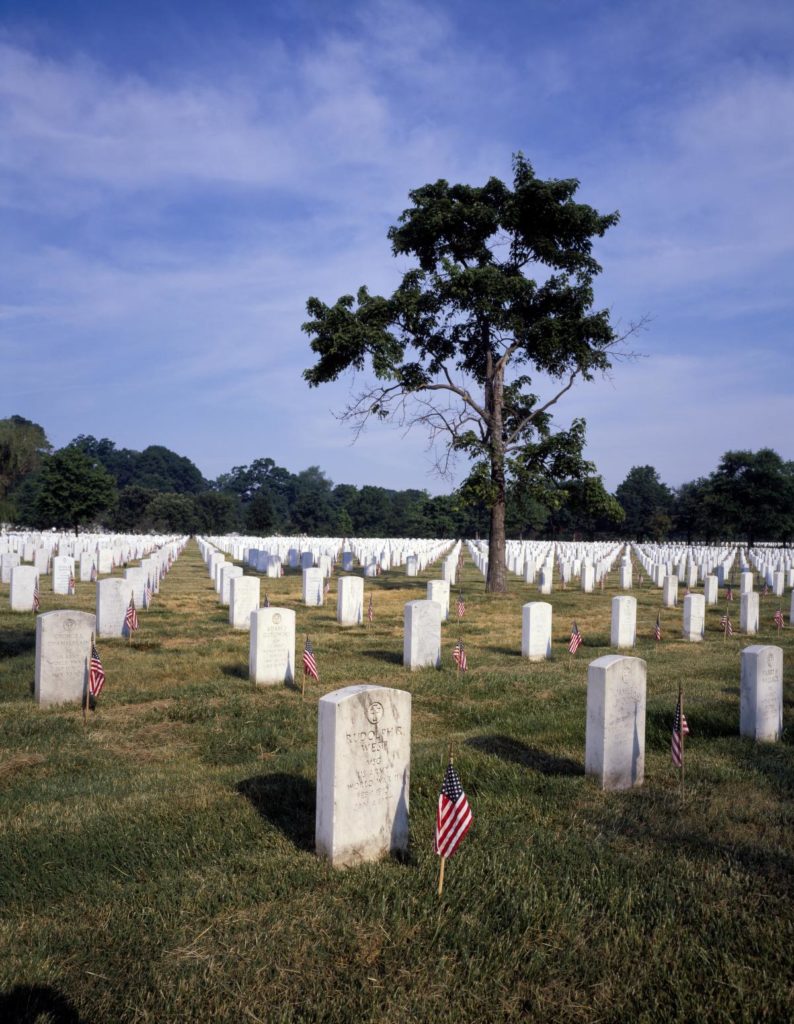
“our common flag” at Arlington National Cemetery






